Learn when to harvest herbs for increased potency, and get the most out of your leaf based herbs, fruits, barks, and roots. Timing is important with herbal harvesting, so that your herbal teas, salves, and more will be as useful and flavorful as possible.
Know the right time to harvest herbs for increased potency of both medicinal herbs and kitchen herbs for optimal flavour and medicinal actions. While you can harvest herbs anytime, knowing the right time to harvest herbs will ensure that your herb harvest is medicinally potent and effective. But knowing the right time to harvest herbs can be a little tricky.
Different parts of the plant are harvested at different times. Herbalists made general rules to help them remember when the right time for harvesting each herb occurred. However, individual herbs have idiosyncrasies that can overrule the rule. So take the following guidelines as general, and as you learn each herb that you are growing you’ll be able to master each one’s optimal harvest time.

When to Harvest Flowers
Flowers are harvested when they open but before they are pollinated by bees. Flowers change their structure as they are pollinated often opening their center and losing some of their fragrance. Flowers should be strongly scented when harvested to ensure that your final herb product retains the scent. Many medicinal properties are resident in the aromatic compounds in the plant.
Flowers should be harvested in the morning after the dew has dried, but before the intense heat of the sun removes the fragrance from the petals. Choose a dry day to ensure that the flowers will dry quickly. Sometimes, harvesting during a drought can make herbs even more potent than their normal level, like St. John’s Wort that in a drought year was twice as dark red compared to normal water years.
There are exceptions though. Lavender blossoms should be harvested when two-thirds of the flowers are open along the stem. In this case, many of the topmost flowers will already be pollinated by bees. This is the time that the stem is the most fragrant and the medicinal qualities are potent.
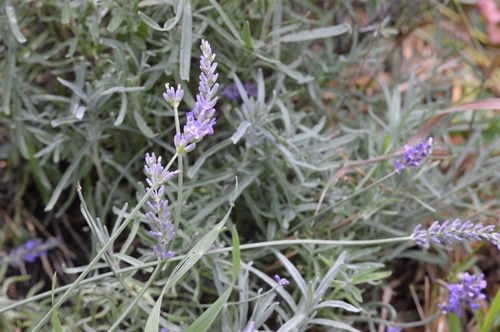
If you harvest them with the stem, bundle them with an elastic band and hang them upside down in a dry, airy place to dry. Flowers that are harvested individually, like calendula should be placed in a towel-lined basket, in the shade to dry. Stir them often to ensure even drying.
Examples of herbs harvested for their flowers include marigold, calendula, rose, and lavender.
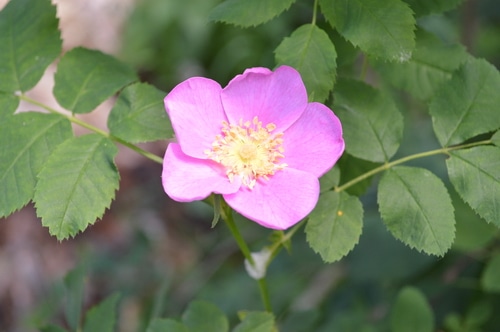
When to Harvest Leaves
Leaves are harvested before flowering when the plant has most of its energy in vegetative growth. Harvest leaves by cutting the stem just above a growth nodule. The plant will send out two stems in the place where it is cut, doubling your harvest.
Choose a dry day. Harvest herb leaves in the morning after the dew has dried when the aromatic oils are the strongest.
Bundle herb stems with an elastic band and hang them to dry in the shade or in an airy room. If you are harvesting individual leaves, they can be dried on a screen in a single layer, by putting the screen in a dry airy place. A screened, hanging herb dryer like this one or this one, can help. Optimally you’ll want to dry herb leaves without heat to preserve their aromatic oils, but if you live in a place with high humidity you may need to use an electric dryer on low heat to dry herb leaves easily.
Examples of herbs harvested for their leaves include basil, dandelion, rosemary, and mint.
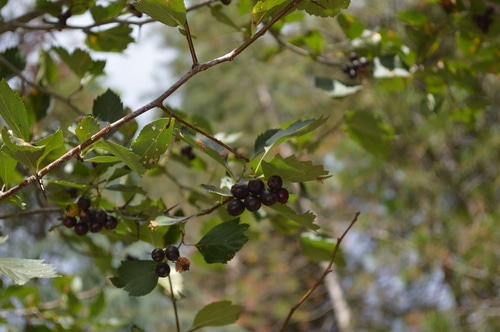
When to Harvest Fruit
Fruit should be harvested when it is ripe and the seeds inside are also ripe, just as you would harvest fruit for kitchen use. The flavonoids and anthocyanins that give fruit like hawthorn, goji berries, or bilberries their superfood status are highest when the fruit is ripe. One exception is rosehips, which should have a frost before harvesting which increases the antioxidants in the fruit.
Examples of medicinal herbs harvested for their fruit include hawthorn, cranberry, bilberry, goji berries, seabuckthorn, and elderberry.
When to Harvest Roots
Roots are harvested at the end of the growing season after the vegetative growth has died back. At this time the plant is focusing its energy on the root system to ready it for winter dormancy.
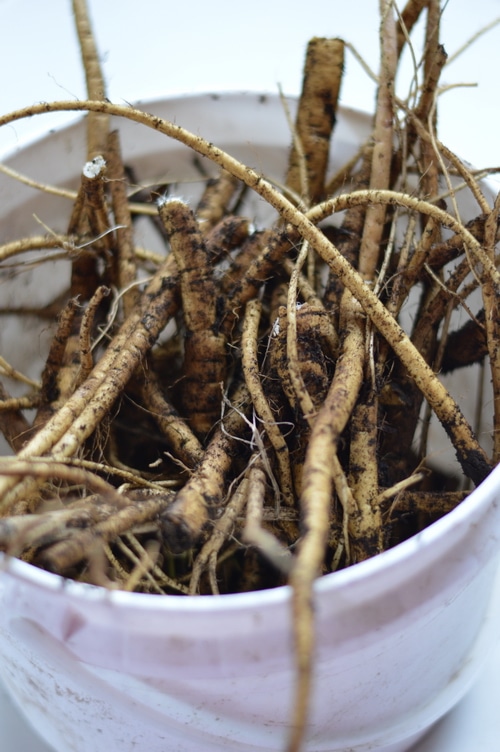
Harvest roots by digging up the plant. In large perennials the peripheral roots can be harvested while leaving the main roots in place, ensuring the continued life of the plant. Slower growing plants like the Oregon grape benefit from this kind of selective harvesting.
Biennial plants that are harvested for their roots such as burdock should be harvested at the end of the first season. After the plant has flowered in the second year, the value of the root is much less. For a continued source of seed, be sure to leave a few of the roots to overwinter and produce seed in the following season.
Examples of medicinal herbs harvested for their roots include dandelion, marshmallow, ginger, turmeric, and burdock.
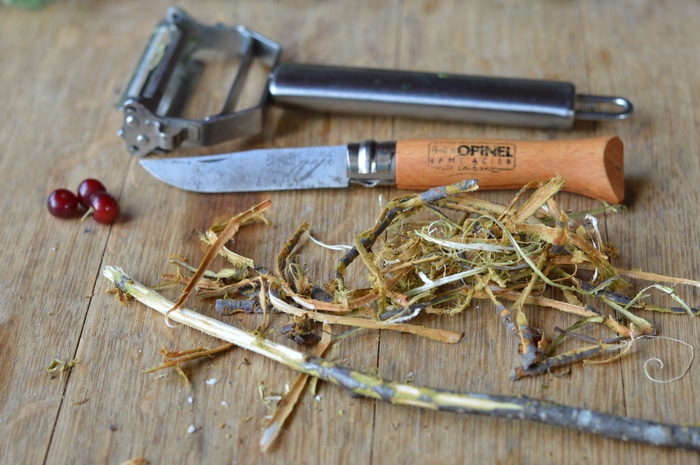
When to Harvest Bark
The bark is generally harvested in the spring before the tree breaks dormancy. At this time the sap is just beginning to flow and the bark is easy to slip from the branches of the tree, exposing the inner bark. The exception of this is black cherry, chokecherry, and wild cherry bark. This is optimally harvested in mid-summer to fall when the cyanogenic compounds are lower.
Examples of herb plants harvested for their inner bark include willow, black cherry, and birch.
When to Harvest Resin
Resin is the aromatic, medicinal gum that some trees exude through their bark to combat stress, insect damage, or fungal invasion. The gooey pitch is harvested for medicinal salves and aromatic incense. It can be harvested at any time. Generally, the quality of the resin changes as the season progresses, with spring resin being more liquid and more sticky than fall resin, which tends to solidify as the season progresses.
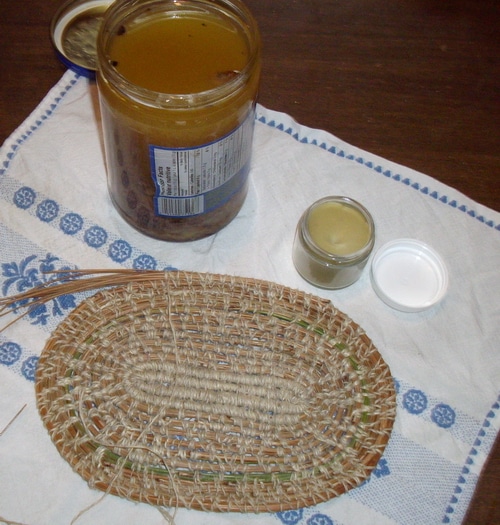
When you harvest resin always leave enough for the tree to use. It’s wise to use a sharp knife and cut the gum or resin in half when you harvest it from the tree. Harvest from several trees leaving ample for each tree to use for its own well-being.
Another aromatic resin is harvested with cottonwood or balsam poplar buds. These are special cases and will have harvested in early spring before bud break when the buds are plump and exuding an aromatic red resin. Called “balm of Gilead” in North America, it is a different tree than the biblical bush called by the same name.
Examples of trees that have medicinal resin that is harvested include cottonwood and pine.
When to Harvest Seeds
Some herbs are harvested for their seeds including milk thistle, plantain, and flax from the linen plant. Seeds should be harvested when they are mature. Choose a dry day when the seeds are also dry. If the season is coming to a close, seeds may be harvested on the stalk and dried indoors, in a paper bag, so that the seed won’t drop on the ground. This allows the seed to mature and prevents “shattering” when the seed is forced from the seed pod by the plant, sometimes with propulsion.
Getting to know one herb at a time
While these guidelines will help you know in general when to harvest each part of a medicinal herb plant for optimal potency, flavour, and medicinal actions, getting to know each herb intimately is the best way to ensure that your use of herbs is safe and effective. Most herbs can be harvested throughout the season for immediate use in the kitchen or in the apothecary. So if you need an herb now, go ahead and harvest what you need now. Then wait for the optimal time to make a larger harvest for drying, tincture making, infusing in oil or vinegar.
I have a FREE gift for you

Grab my free ebook and learn to make DIY herbal healing salves at home now, with 14 easy-to-follow recipes that use the herbs and wild plants growing close to home. Salve-making is one of the easiest skills to learn in DIY Herbalism.


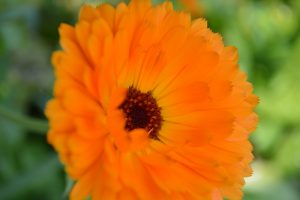
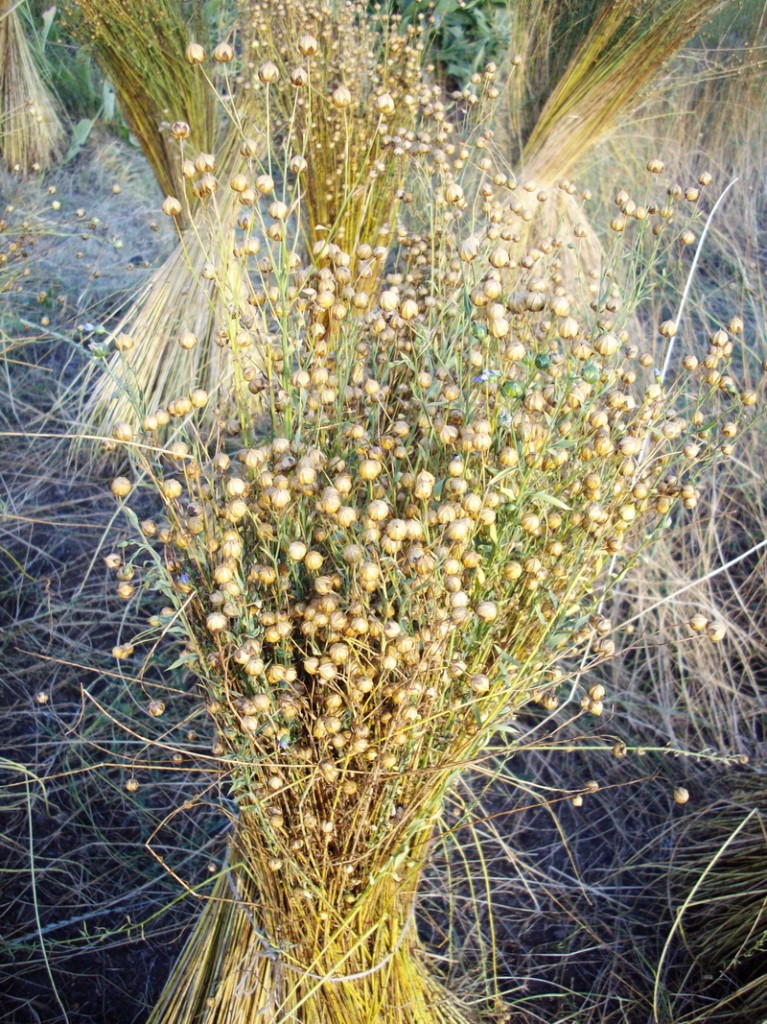

You mentioned ‘The Ultimate Herb Garden Resources Guide’. When is this information coming out?
Thank you
I haven’t noticed any difficulty drying them after the first frost. If you have a lot of humidity you might want to use a dehydrator set on low rather than drying them at room temperature.
Thank you for sharing this very interesting information on harvesting, About the optimal time for rose hips, you mention to harvest when they are ripe, after a frost f.i…. won’t it be difficult to get them dried then…?
Is there a difference between the optimal time of harvesting for fresh use and for drying?
In peace, Nicky (Belgium, Europe)
Thank you! Your article and video answer some question I had about harvesting.